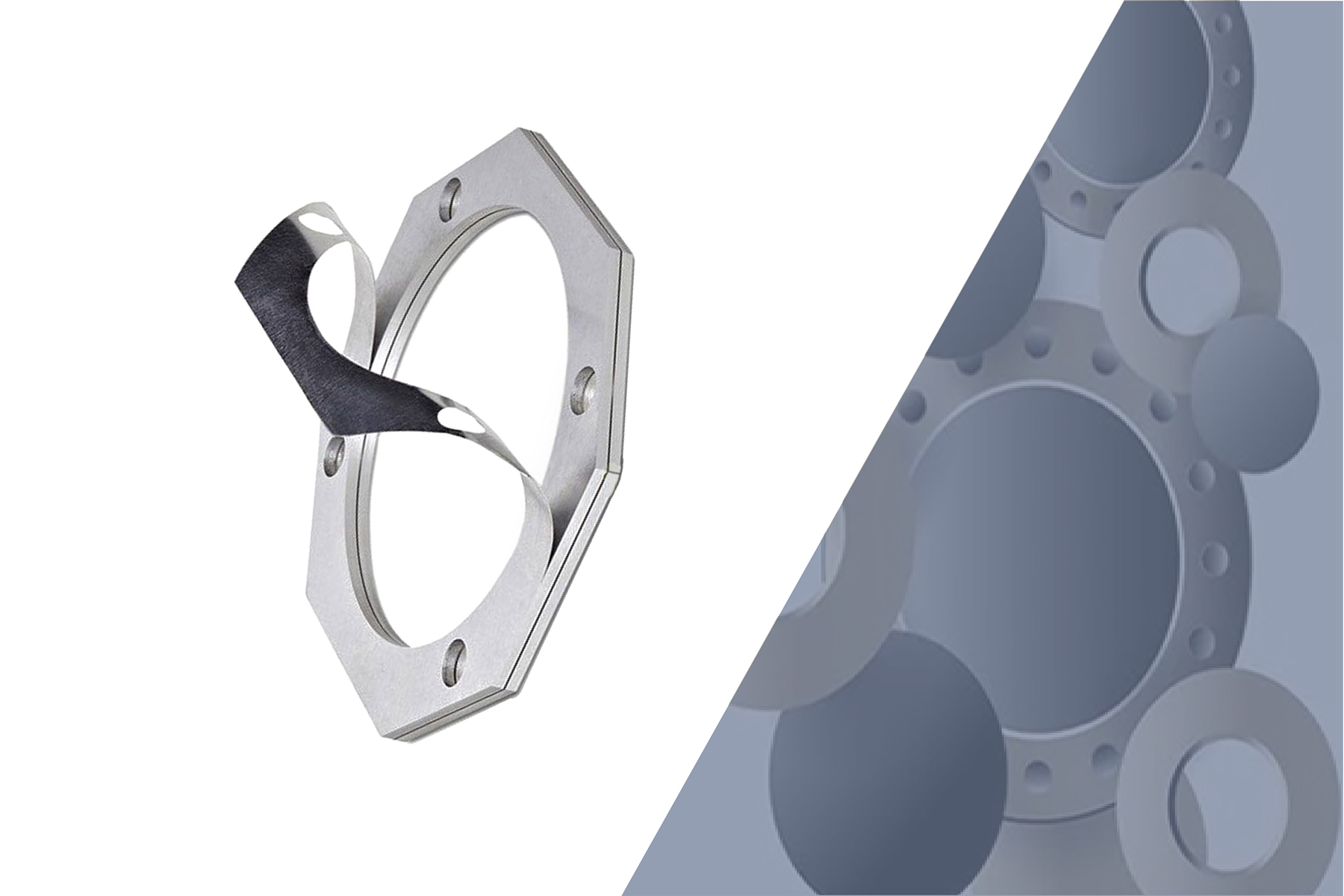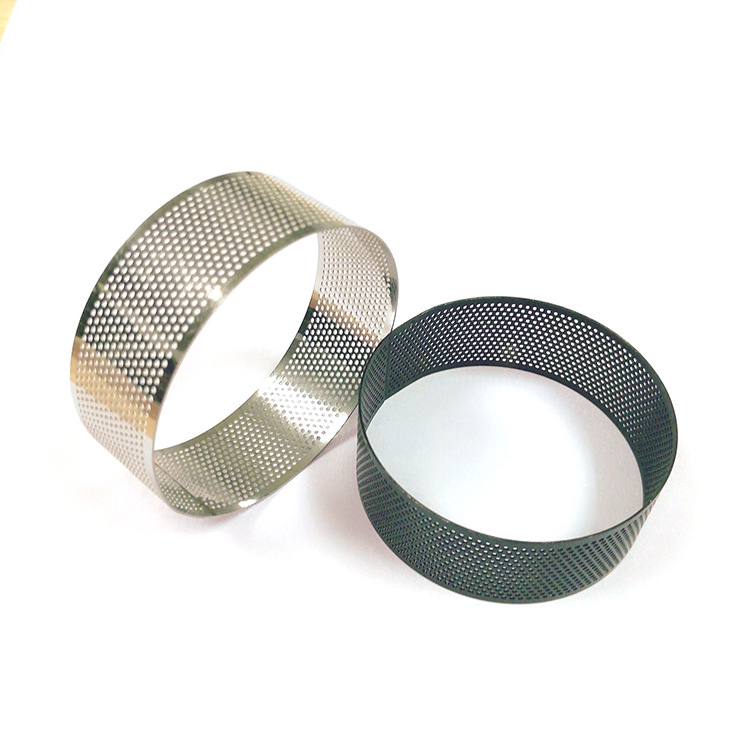We use cookies to enhance your experience. By continuing to browse this site you agree to our use of cookies. More info.
In the United States, lung cancer is considered to be the major cause of cancer-related deaths. Few tumors appear to be extremely small and hide deep inside the lung tissue, making it hard for surgeons to reach them. Battery Contacts

Overview of the semiautonomous medical robot’s three stages in the lungs. Image Credit: University of North Carolina
To tackle this challenge, UNC–Chapel Hill and Vanderbilt University scientists have been working on an extremely bendy but robust robot that is capable of traversing lung tissue.
A new milestone has been reached by their study. In a new study reported in Science Robotics, Ron Alterovitz, Ph.D., in the UNC Department of Computer Science, and Jason Akulian, MD MPH, in the UNC Department of Medicine, have proven the efficiency of their robot by making it go independently from “Point A” to “Point B” avoiding significant structures, like tiny airways and blood vessels, in a living laboratory model.
“This technology allows us to reach targets we can’t otherwise reach with a standard or even robotic bronchoscope. It gives you that extra few centimeters or few millimeters even, which would help immensely with pursuing small targets in the lungs.”
Dr. Jason Akulian, Study Co-Author and Section Chief of Interventional Pulmonology and Pulmonary Oncology, Division of Pulmonary Disease and Critical Care Medicine, University of North Carolina
The progress of the autonomous steerable needle robot exploited UNC’s highly collaborative culture by merging computer science, medicine, and engineering expertise. Besides Alterovitz and Akulian, the development measure included Yueh Z. Lee, MD, PhD, at the UNC Department of Radiology, as well as Robert J. Webster III at Vanderbilt University and Alan Kuntz at the University of Utah.
The robot has been composed of numerous separate components. A mechanical control offers controlled thrust of the needle to go ahead and backward, and the needle design enables steering along curved paths. The needle, made of a nickel-titanium alloy, has been laser etched to increase its adaptability, enabling it to move easily via tissue.
As it advances, the etching on the needle enables it to guide around barriers easily. Other attachments, like catheters, could be utilized along with the needle to execute procedures like lung biopsies.
To drive through tissue, the needle should be aware of where it is going. The research group utilized CT scans of the subject’s thoracic cavity and artificial intelligence to make three-dimensional models of the lung, such as the blood vessels, airways, and the chosen target.
Utilizing this 3-D model, once the needle has been placed for launch, their AI-driven software directs it to automatically travel from “Point A” to “Point B” while avoiding significant structures.
The autonomous steerable needle we’ve developed is highly compact, but the system is packed with a suite of technologies that allow the needle to navigate autonomously in real-time. It’s akin to a self-driving car, but it navigates through lung tissue, avoiding obstacles like significant blood vessels as it travels to its destination.
Ron Alterovitz, PhD, Study Senior Author and Principal Investigator, Computer Science Department, University of North Carolina
Also, the needle could account for respiratory motion. Dissimilar to other organs, the lungs are constantly expanding and contracting in the chest cavity. This can make it tricky to aim accurately when dealing with a person who is breathing. Akulian says it is a bit like trying to hit something that is always on the move.
The scientists tested their robot while the laboratory model executed intermittent breath-holding. Each time the subject’s breath is retrained, the robot has been programmed to move in a forward motion.
“There remain some nuances in terms of the robot’s ability to acquire targets and then actually get to them effectively and while there’s still a lot of work to be done, I’m very excited about continuing to push the boundaries of what we can do for patients with the world-class experts that are here,” stated Akulian, who is also a member of the UNC Lineberger Comprehensive Cancer Center.
We plan to continue creating new autonomous medical robots that combine the strengths of robotics and AI to improve medical outcomes for patients facing a variety of health challenges while providing guarantees on patient safety.
Ron Alterovitz, Ph.D., Study Senior Author and Principal Investigator, Computer Science Department, University of North Carolina
Kuntz, A., et al. (2023) Autonomous medical needle steering in vivo. Science Robotics. doi.org/10.1126/scirobotics.adf7614
Source: https://www.med.unc.edu/
Do you have a review, update or anything you would like to add to this news story?
As part of an Editorial short series, AZoRobotics takes a look at how the renewable energy sector is harnessing the power of robotic technologies. Here, we take a look at robots in hydropower stations.
Amid the rapid global expansion of the wind energy sector, the integration of robotics is becoming pivotal for wind farm operators.
Like any renewable energy infrastructure, solar plants must be protected and secured. It is here where robots and autonomous systems can come into play.
Discover Cavitar’s welding cameras that can be used in a variety of situations to offer high-quality visualization of the welding processes.
MTI’s 1510A portable signal generator and calibrator is ideal for testing the integrity of sensor signal conditioning electronics.
Using the advantages of the phased array technology, Olympus has designed a powerful inspection system for seamless pipe inspections well-adapted to the stringent requirements of the oil and gas markets. This phased array system is flexible and can be used to match inspection performances and the product requirements of customers.
AZoRobotics.com - An AZoNetwork Site

Speaker Cover Replacement Owned and operated by AZoNetwork, © 2000-2023